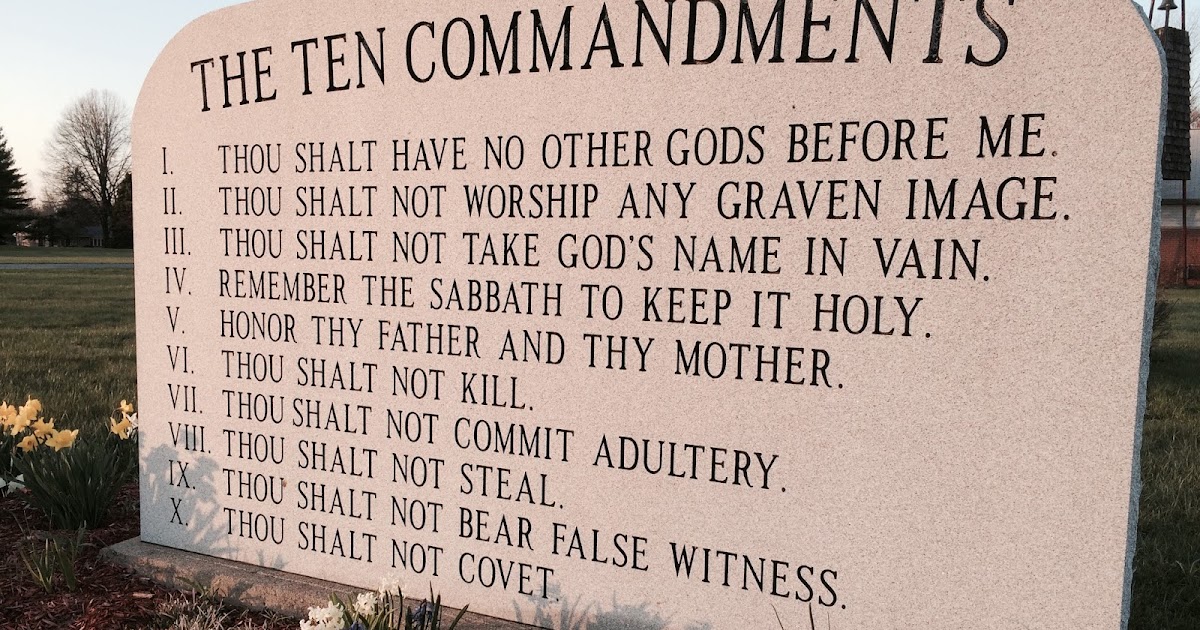
#Thou shalt not make unto thee any graven image free
And that goes way beyond images.Much discussion is needed…but the Second, like the First command, stands!“Thou shalt not make unto thee any graven image…” (Ex.20:3).John StaigerIf you have been blessed by this message, please feel free to: Like, Comment or Share it with your friends. Exodus 20:4-5 Thou shalt not make unto thee any graven image or any likeness of any thing that is in heaven above. There is a very important difference between worshipers bowing down, praying to, and kissing the feet of statues, and kids using Sunday School material with pictures and puzzles of Jesus.Christians are to consider anything that obscures their one-to-one worship with God a potential idol. I am not attributing bad motives where there are none.

I am well aware that the subject can become ridiculous. Crosses, stain glass windows, statues, paintings, buildings…etc. It is idolatry!Don’t tell me that the Christian world (beyond Catholicism), some even in the Lord’s church, do not place religious significance in religious manmade symbols.

They are not considered ‘idols.’ I didn’t believe that then, and I don’t believe that now.If bowing down to graven images of man or beast is prohibited by God, it should not be done. And reassuring for kids who believed in God and motherhood.The Catholic Feast Days around the world include parades with statues of Christ, Joseph, Mary and a host of other people and things.The official word from the Catholic priests is that images are there only to remind the worshiper of whom they are worshiping. I had been especially taught the significance of ‘The Virgin Mary.’ I was told on more than one occasion that Mary would intercede on my behalf before God, because she is the ‘Mother of God.’ This was vital doctrine. After all, why is it forbidden to depict God. One of the things I remember most about sitting in the Catholic Church was the statues. The prohibition in the Bible against pictorial representations of God is as famous as it is poorly understood. Until my early teens I attended Masses regularly and became an Altar Boy for a brief period. Or any likeness that is in heaven above Īny form, figure, portrait, or picture of anything or creature whatever, whether in the supreme, starry, or airy heaven as of angels, which some have gone into the worship of and of the sun, moon, and stars, the host of heaven and of any of the birds of the air, as the hawk by the Egyptians, and the dove by the Assyrians:Īs oxen, sheep, goats, cats, dogs such as were the gods of Egypt:Īs of fishes, such as were the crocodile of Egypt, the Dagon of the Philistines, and the Derceto of the Syrians: this is the second command, as the Targum of Jonathan expressly calls it that is, the first part of it, which forbids the making of graven images for worship the other part follows, which is the worship of them itself: Clemens of Alexandria F4 observes, that Numa, king of the Romans, took this from Moses, and forbid the Romans to make any image of God, like to man or beast.Catholicism was the religion of my birth.

Thou shalt not make unto thee any graven imageĪn image of anything graven by art or man's device, cut out of wood of stone, and so anything that was molten, or cast into a mould or form, engraved by men, and this in order to be worshipped for otherwise images of things might be made for other uses and purposes, as the cherubim over the mercy seat, and the brazen serpent, and images and impressions on coin, which we do not find the Jews themselves scrupled to make use of in Christ's time on that account though they vehemently opposed the setting up any images of the Caesars or emperors in their temple, because they seemed to be placed there as deities, and had a show of religious worship: however, any image of God was not to be made at all, since no similitude was ever seen of him, or any likeness could be conceived and it must be a gross piece of ignorance, madness, and impudence, to pretend to make one, and great impiety to make it in order to be the object of religious worship on which account, not any image or the image of anything whatever was to be made:


 0 kommentar(er)
0 kommentar(er)
